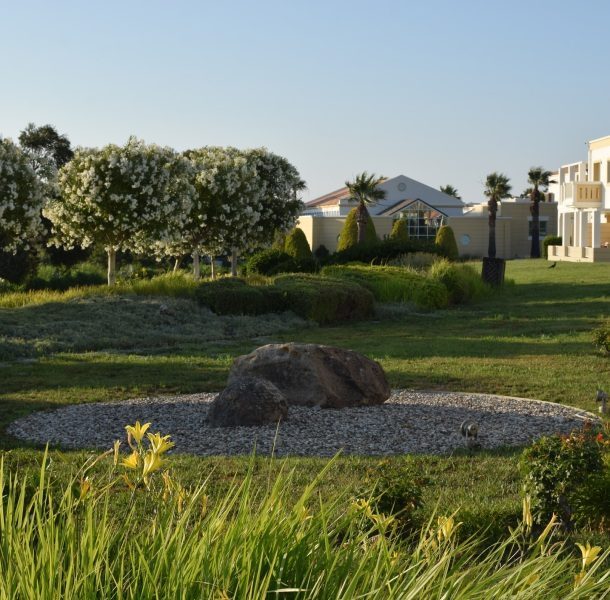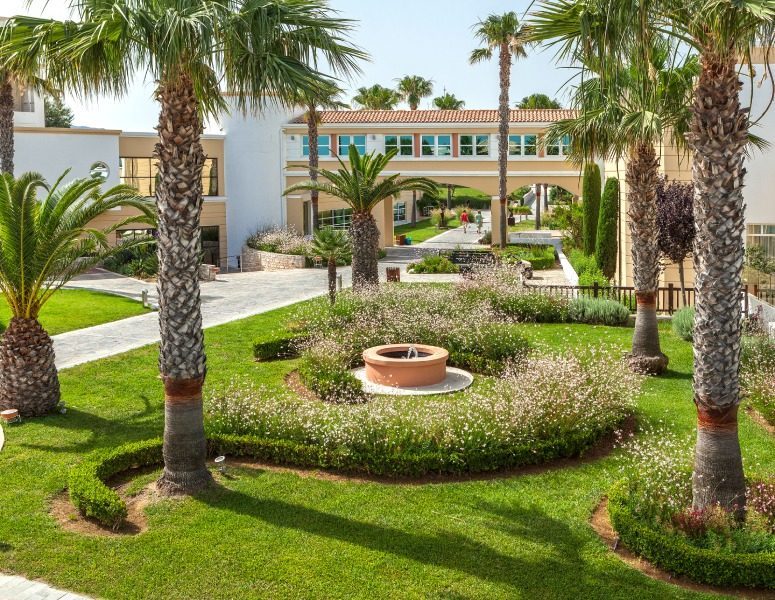- The Resort
- Accommodation
- Restaurants & Bars
- Wellness & Spa
- Pools & Beach
- Sports
- Entertainment
- Family Friendly
- Adults Only
- Offers & Specials
- Destination
- Sustainability
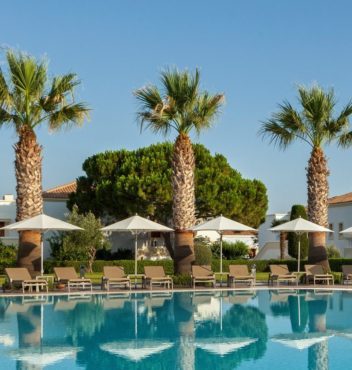












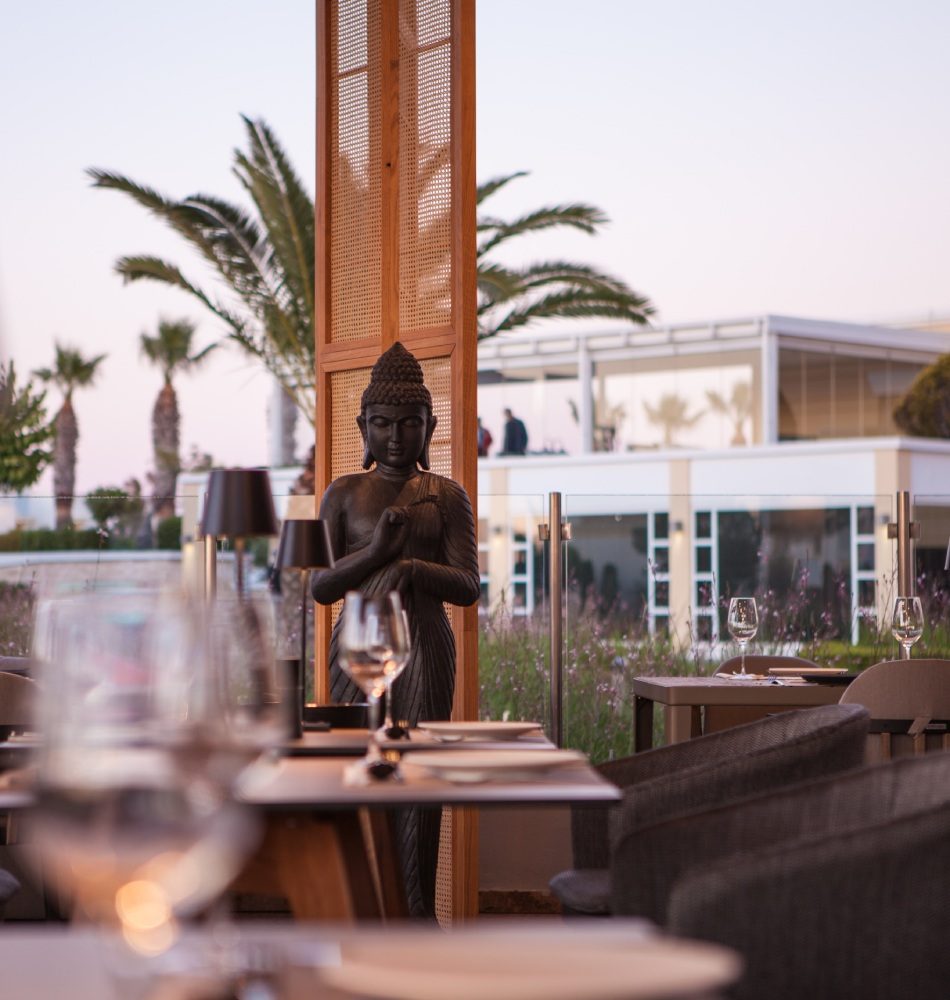








































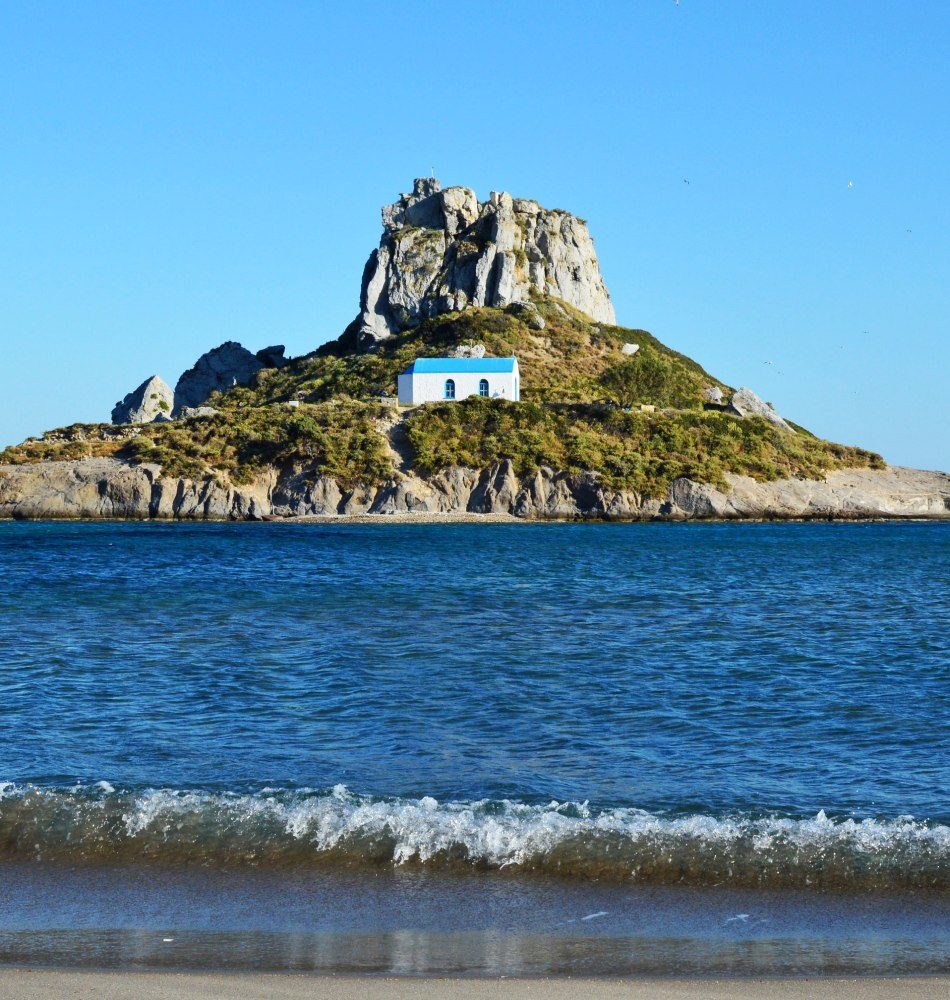











Our – quite extensive – garden of Eden in Kos, is segmented into themed areas named after Greek gods and designed to showcase the eye-catching beauty and variety of Mediterranean flora. We have planted a fair amount of olive, lemon, orange, pomegranate and many more fruit-bearing trees. The flowers and plants are artfully arranged with lighting systems and walkways to evoke the spirits of the Greek Gods. Our gardens are waiting to reveal their secrets to all those who visit them. Get inspired by the beauty of nature and find your own little slice of paradise in our gardens.
With its distinct atmosphere, each garden offers a sensory journey. Take a stroll to add some alfresco enchantment to your holiday break.
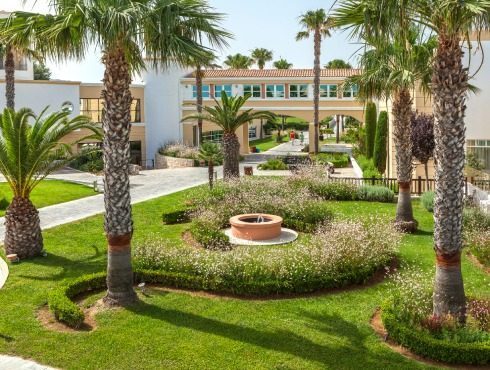
Dedicated to the goddess of beauty, the formalistic garden of Aphrodite is overflowing with a vast variety of pink and white roses. A breathtaking, red-lit fountain symbolizes Aphrodite’s rise to the surface.
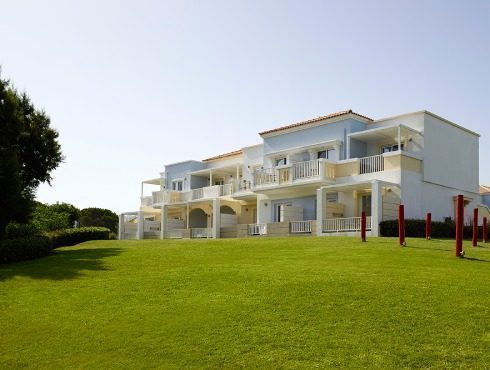
Minimalistic in design and atmosphere, Apollo’s garden embodies simplicity, style and moderation. Among the most notable features are the characteristic double spiral of Apollonian laurels and cypresses and a grid of pillars pointing to the north.

The garden’s engraving with red lights and a wooden grid refers to the god’s discipline and organisation skills. The lack of trees in the garden symbolises a battle between life (lawn) and death (pebble). Falling under the dominion of Fear – the demon of horror – the deciduous Maple tree with its yellow and red tinted autumn leaves was considered Aris’ companion.
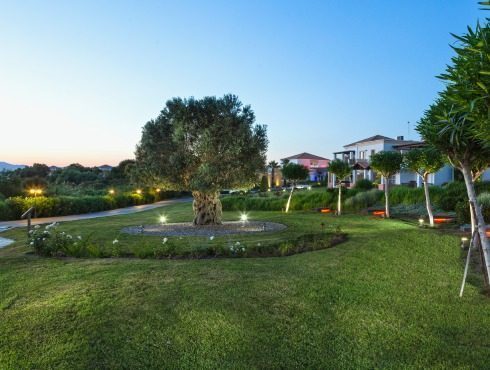
Athena was the Goddess of wisdom and war. The Olive, one of the oldest trees in the Mediterranean, was offered as a gift to the city of Athens by Athena herself. By extending this present, she became the guardian of the city and declared the Olive branch a symbol of victory and peace. Featuring an aged Olive tree, Athena’s garden is based on austere forms, manifested through recurring harmonic plantations.
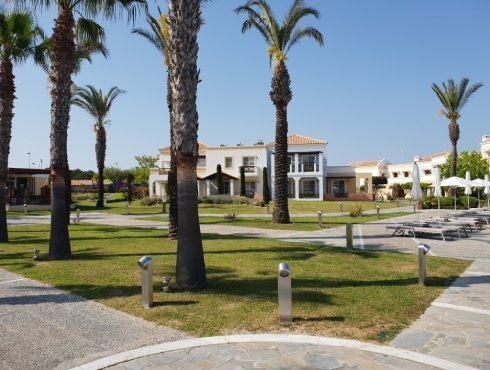
Artemis was the Goddess of Hunting. As the protector of the moon, she cooled the flowers with the night dew and taught humans how to use plants and flowers in ways that are still used in modern medicine. Artemis’ garden expands in homocentric, continuous and circular fields.
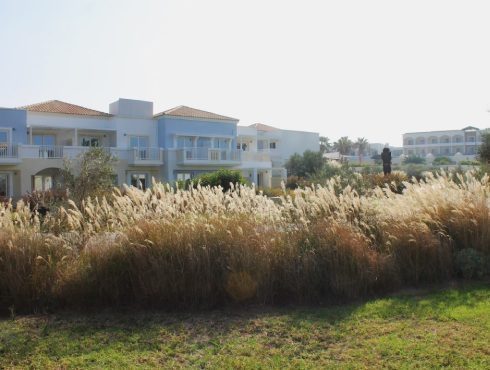
Dimitra was the ancient goddess of fertility and the protector of the earth and agriculture. Her greatest gift to mankind was cereal grains. On the pathway to the sea, one discovers Dimitra’s semi-circled garden. Yearly-produced cereal grains are planted in the form of a rainbow that comes alive with the slightest breeze.
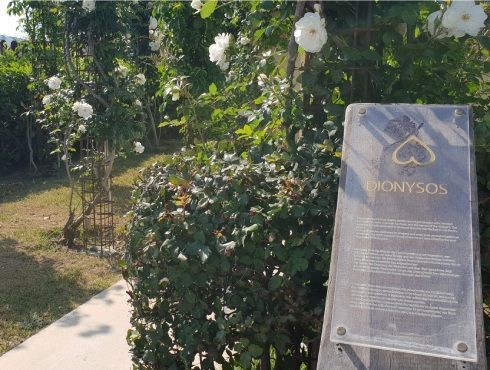
The God of wine, fertility and germination, Dionysus, travelled constantly to spread his rituals and vine harvest skills. Dedicated to the vineyard and wine, Dionysus’ garden is set around a traditional winepress. The God’s constant transformations are symbolized by the evolving styles of each space.

Hermes was the God of wind and the protector of merchants, wayfarers, shepherds and athletes. In the garden that’s dedicated to Hermes, the deity’s connection to the world of the living and the world of the dead is presented with opposing intersections that symbolise Hermes’ wings. Tall grasses that blow in the wind are also planted in small knolls.
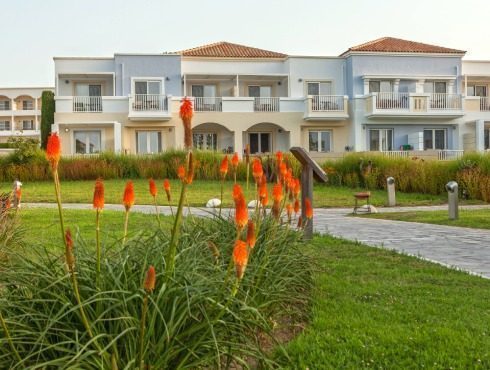
For Ancient Greeks, God Hephaestus was the embodiment of fire. Though he was considered the ruler of volcanoes, he was also admired for his craftsmanship. In the garden of Hephaestus, surrounding a central fire element, there is a stone crater enlaced with flame-shaped, blooming vivid red plants.

Ira was the goddess of family and marriage and also a ruthless avenger and protector of humankind. The Pomegranate, which symbolised life and fruitfulness in Ancient Greece, was dedicated to Ira, the protector of birth. The design in Ira’s garden alludes to the goddess’ “wakeful eye” that controls good and evil and protects from harm. The garden is also overflowing with bright orange flowers.
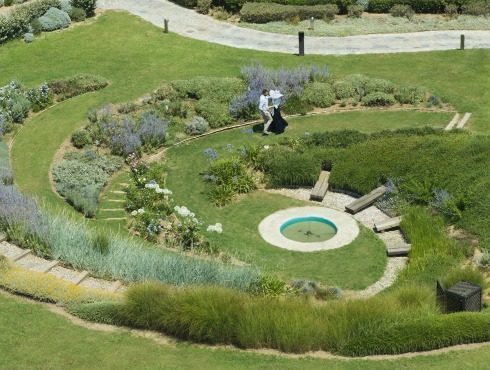
Poseidon, the ruler of the sea world and the water development systems, was also accountable for the ground’s formation, the earthquakes and the landslides. Poseidon’s garden is designed around a foaming water element. Visitors descend to a lower level, dominated by water elements and sky reflections, whilst blue and white flowers accompany their every step.
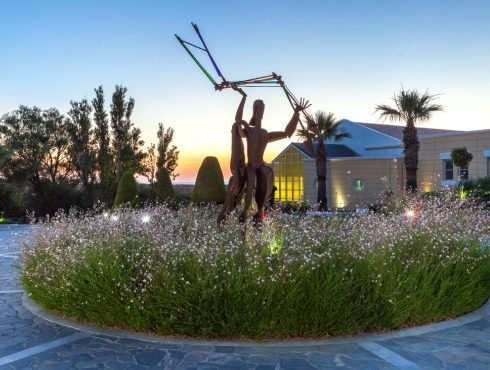
Zeus, the father of Gods and mortals, ruled the sun, the moon, the stars, the planets and the weather. Oak was dedicated to Zeus and it was believed that the rustle of its leaves indicated the God’s presence in the believers’ invocations and prayers. Zeus’ garden is at the centre of Neptune’s landscape, encircling his statue. The lawn’s pebbly intersections symbolise thunder and are surrounded by plants dedicated to Zeus.
